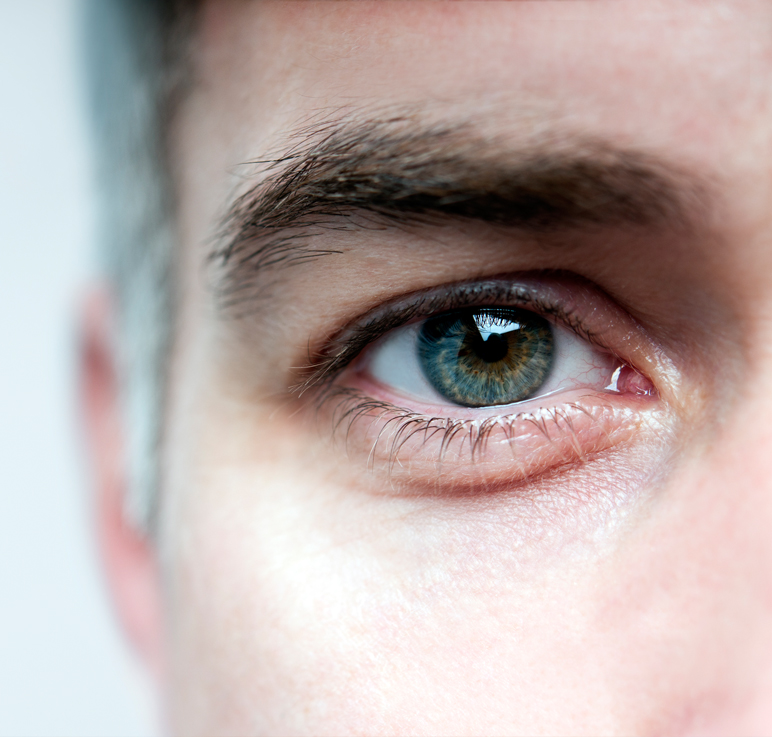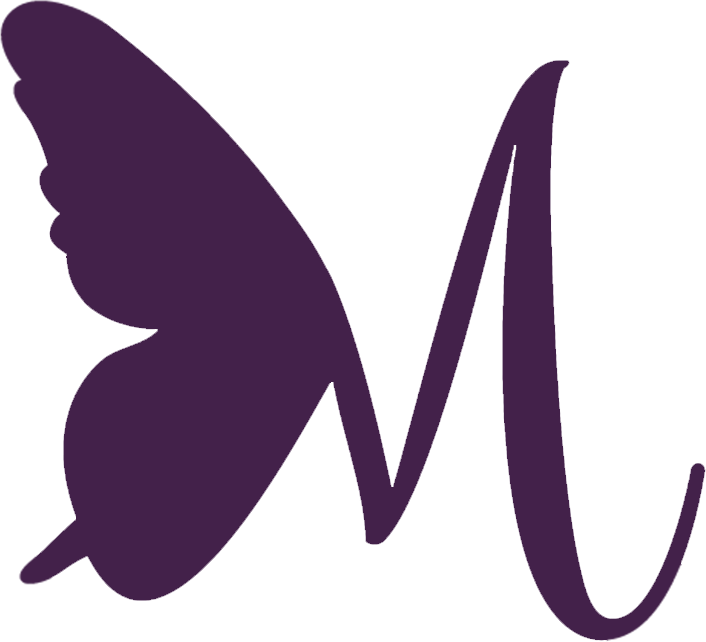Main Content

Upper Blepharoplasty
As we become older, sometimes the skin around our eyelids begins to droop, creating a tired or aged appearance around the eyes. This can often be accompanied by puffiness or protrusion of excess fat around the eyes, making these changes even more noticeable. Upper eyelid surgery (blepharoplasty) is a procedure to remove fat, excess skin, and muscle from the upper eyelids. It can correct drooping or puffy bags around the upper eyelids. Both men and women benefit from upper eyelid surgery at varying degrees of age. You might consider having the surgery at a younger age if heavy eyelids run in your family. No matter the age that you begin noticing these changes, a brighter appearance to your eyes helps you look and feel more energized and well-rested.
Questions & Answers
There are two types of blepharoplasties. An upper blepharoplasty helps remove excess skin and/or fat in the upper eyelid. A lower blepharoplasty removes excess skin and/or fat in the lower eyelid. These procedures can be done in combination or separately depending on your areas of concern. For more information on treating the lower eyelids, please refer to our lower eyelid recontouring page.
The benefits of upper blepharoplasty are unique to each individual. An upper blepharoplasty can:
- Remove the loose skin and remove extra fat that make the eyes appear heavy or tired
- Improve vision caused by obstruction of the visual field from loose or hanging skin
- Enhance the overall appearance of the face
- Create a more defined eyelid crease in the upper eyelid
- Improve self esteem
- Create a more youthful appearance in the eyes
In addition to deciding whether an upper blepharoplasty can meet your personal goals, there are several factors to be considered in determining whether you are a good candidate for a breast lift. Good candidates for an upper blepharoplasty include those who:
- Have excess skin in the upper eyelids
- Have a puffy appearance in the upper eyelids that makes the eyes look tired
- Have excess skin that hides the natural folds of the upper eyelids
While upper blepharoplasty can address a variety of concerns, it does have limitations. It is important to know these limitations and to understand when you may be a candidate for a different type of surgery. An upper blepharoplasty cannot:
- Address sagging of the eybrows; for this a forehead or brow lift is required
- Address crow’s feet around the outside of the eyes
- Correct skin quality or pigmentation issues; this may require other treatments such as chemical peels or laser resurfacing procedures
An upper blepharoplasty, also known as upper eyelid surgery, can be performed in the office under local anesthesia or in a surgery center with sedation or general anesthesia. The upper eyelid incision falls into the natural crease of the upper eyelid, making it barely noticeable once it heals well. The extra skin is removed, and any extra fat is also removed. The incision is closed using a single long stitch, which is removed in the office after a few days.
You will spend a short time recovering after your procedure before a friend or family member takes you home, where you should plan to rest for the remainder of the day. Be sure to arrange for someone to drive you home after surgery and to stay with you at least the first night. We will advise you on pain medication to ease any discomfort, give you detailed post-operative instructions, and schedule a follow-up appointment to check your progress.
You can expect to have swelling and perhaps some bruising after your eyelid surgery. There is little discomfort, though, and most people need to take pain medication for only a day or two after the surgery. You can return to work quickly, with most people taking off a long weekend. You may need to take off 1-2 weeks if you have a job that requires face-to-face client contact, and you want your appearance to be optimal. You will have some activity restrictions initially, but most people are able to return to full activity by 3-4 weeks after surgery.
If you are prone to eye infections, we will recommend you see your eye doctor to ensure this is under control prior to undergoing any eyelid procedure.
If you have undergone or plan to undergo LASIK surgery, you must wait at least 6 months prior to having your eyelid procedure performed after your LASIK surgery is completed.
Please visit our My Consult page to learn more about what happens during your consult.
Please visit our Financing page to learn more about financing options.



